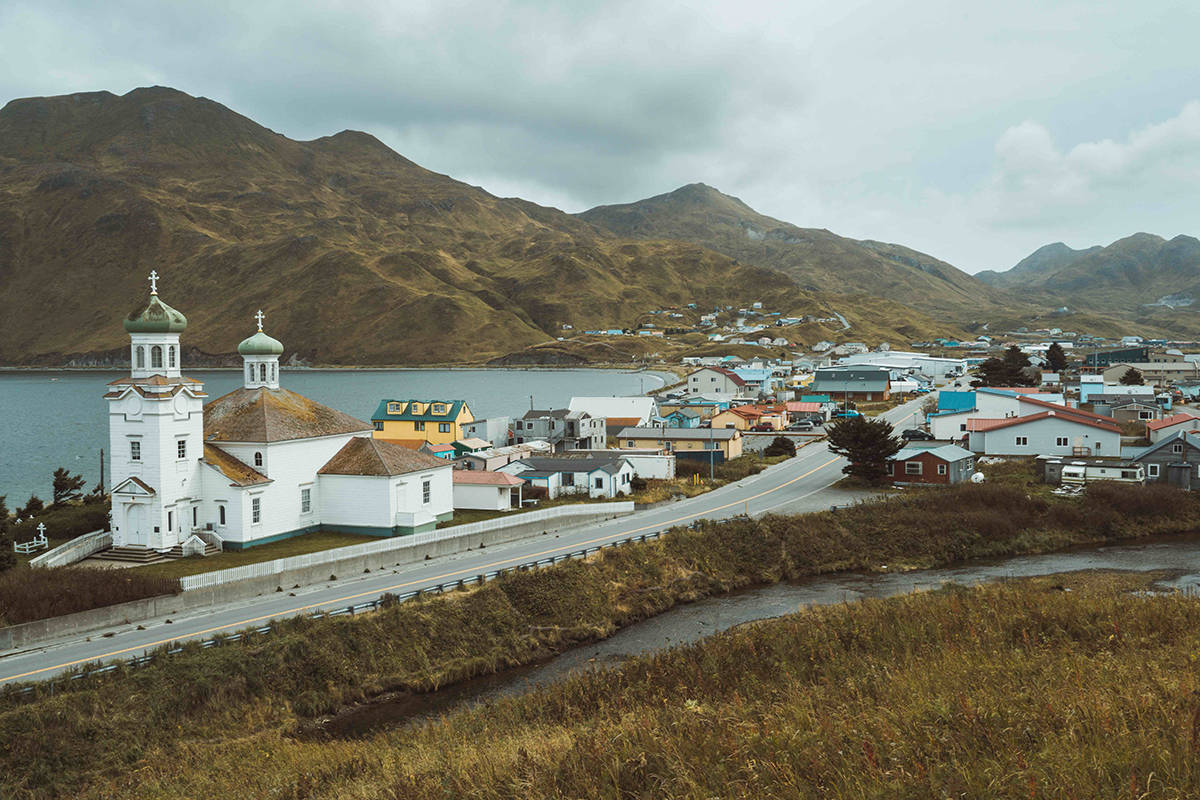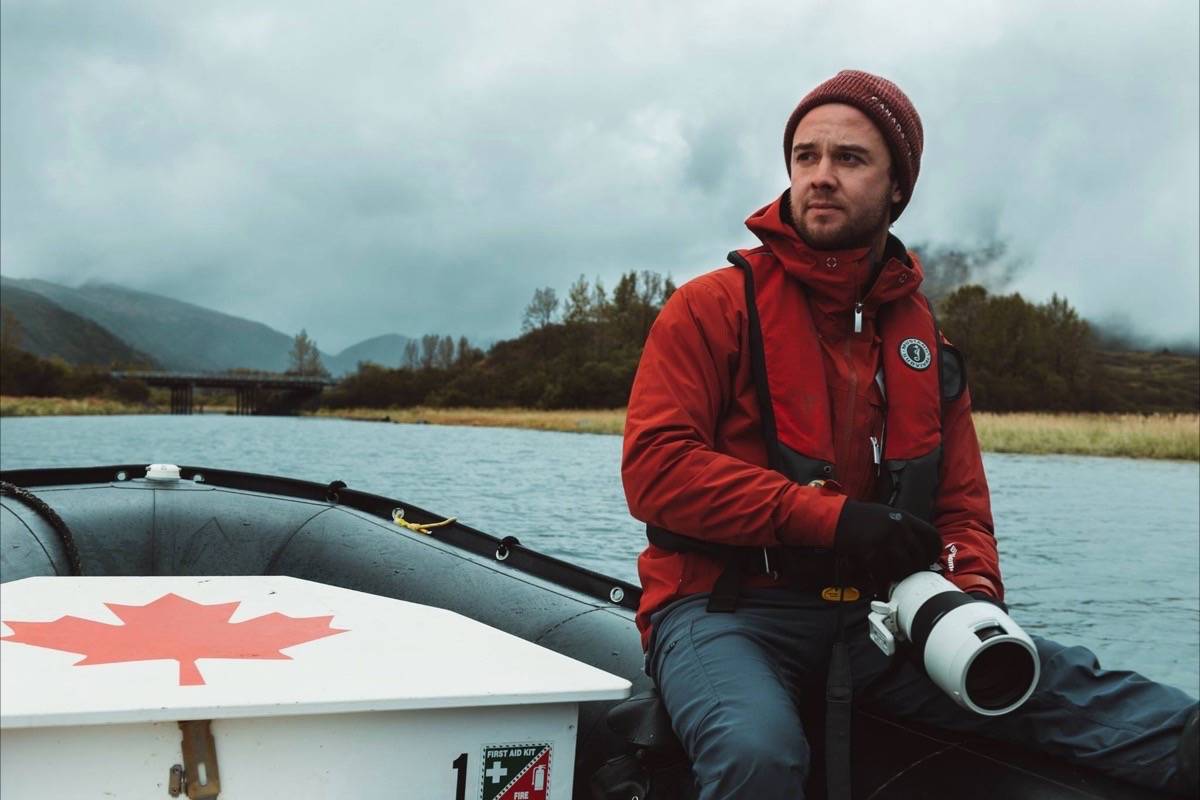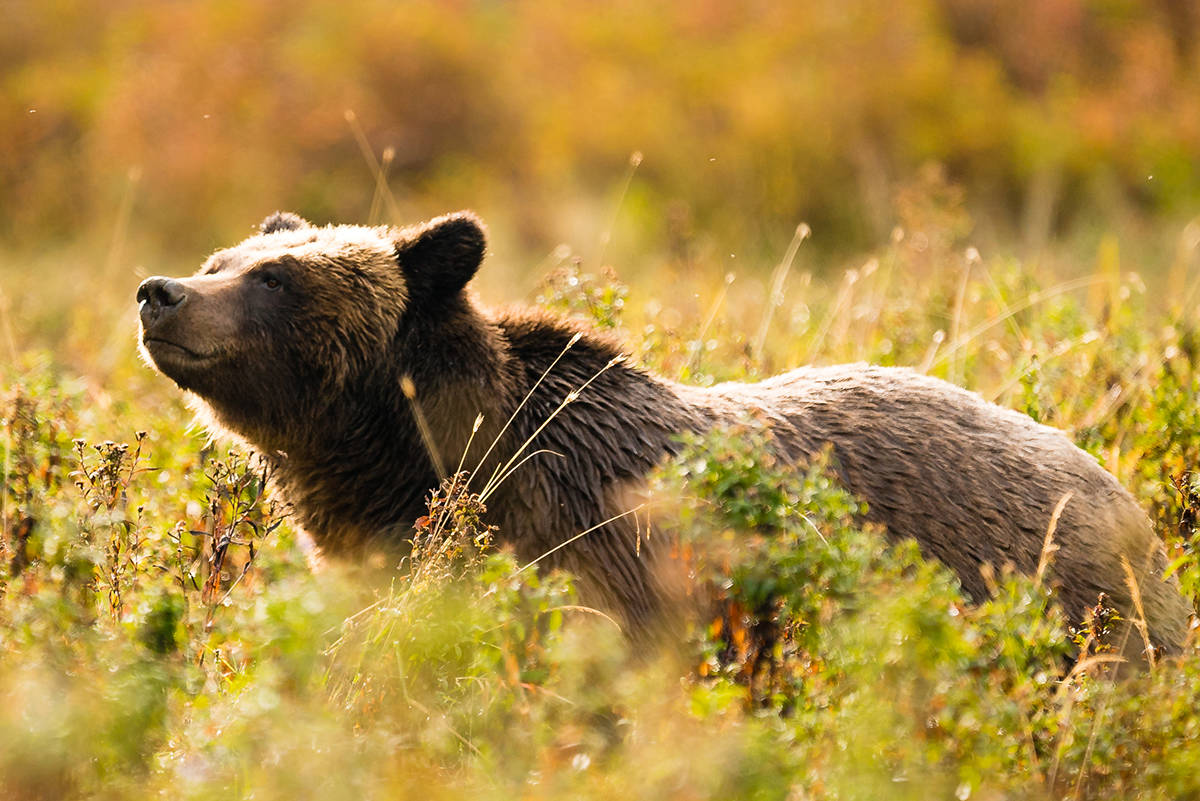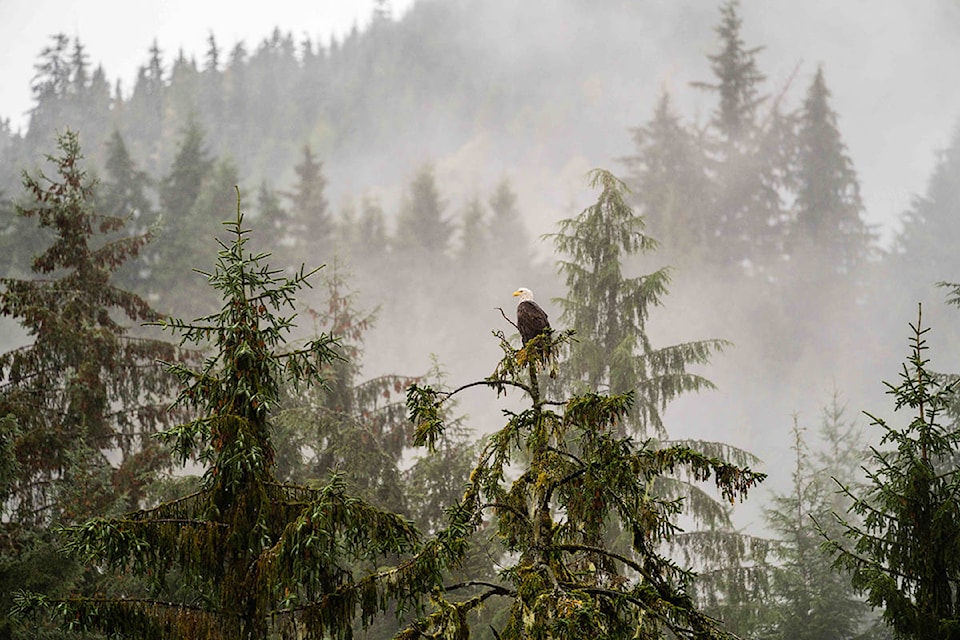One of Red Deer’s expedition photographer was recently off to seek new adventures — offering followers a glimpse into Canada from his lense.
Stephen Underhay, an expedition photographer and a Red Deer firefighter EMT with the Red Deer Emergency Services has been to various Canadian places in B.C., Yukon and Alaska.
“This trip was well beyond my expectations,” he said.
Underhay was one of the many Canadians who signed up for the Canada C3 Project. The expedition is 150 days for Canada 150 and is divided into 15 legs with a cross section of Canadians including scientists, journalists, artists, Indigenous Elders, historians, youth and educators.
Underhay said he was hoping to come back from his trip with a better understanding of some of the issues affecting Canada today.
“With all the things I have experienced on these 30 days I feel like I have the obligation to tell people [everything I learned],” he said.
All the stops he made during his trip were special to Underhay, but a particular experience stands out — witnessing the spirit bears.
The bears have been an inspiration to the photographer for close to 10 years. Before he became a photographer, Underhay followed other photographers, including Paul Nicklen, who is Underhay’s idol. His work on the spirit bears for the National Geographic has stuck with him for all these years.
“I had seen this article and I was inspired by these bears and it was personally a dream come true to go there and see them and observe them and it was a pretty amazing experience,” he said.
Underhay joined the tour from Sept. 10 to Oct. 10. The trip took him to Tuktoyuktuk in N.W.T., Prince Rupert, Nass Valley and Haida Gwaii in B.C., Herschel Island in Yukon, Nome, Point Hope, Dutch Harbour, Kodiak Island in Alaska.
He saw first hand effects of climate change and witnessed spirit bears — a rare subspecies of black bears with a lighter coloured fur.
“Protecting wildlife is a significant issue we are facing in Western Canada,” he said.
In Haida Gwaii, he learned the history and perseverance of the people. Underhay said the island was once known as Queen Charlotte Islands but the people in the area asked the federal government to rename it which did happen.
Underhay saw first hand the impact of climate change mostly in Yukon and Alaska. He said in Yukon, he saw, islands eroding away into the sea.
In Hartley Bay, a village in B.C., he got a glimpse of rare subspecies of black bears. He learned about the significance of these bears for the nearby First Nations community. He learned the history of the place and heard stories from people when a pipeline was encroaching on the spirit bear habitat
As part of a six-member team, his job was to tour and document his experience.
The overall project themes were exploring four key elements: diversity and inclusion, reconciliation, youth engagement and the environment — and Underhay experienced all four.
mamta.lulla@reddeeradvocate.com
Like us on Facebook and follow us on Twitter



